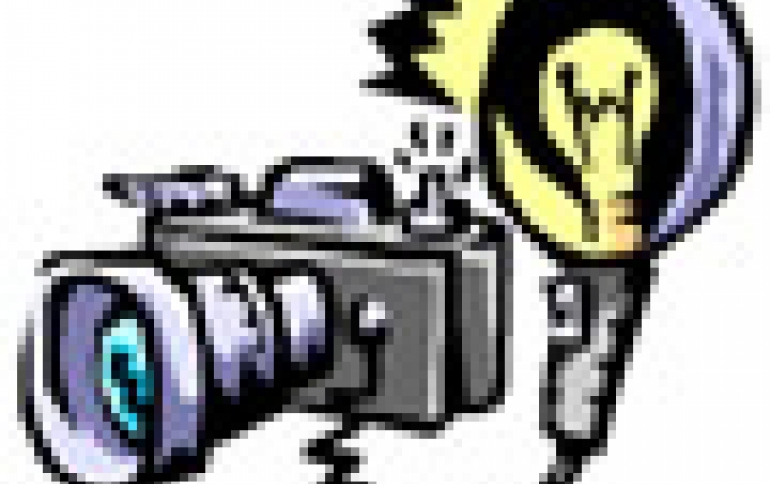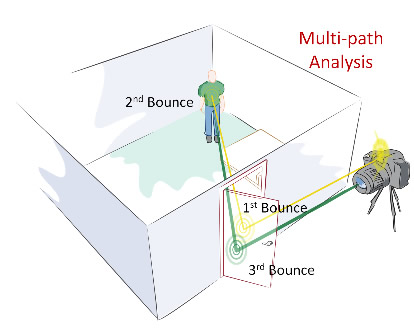
Femto-Photography Is Looking Around Corners
Researchers have built a camera that can look around corners and beyond the line of sight. The camera uses light that travels from the object to the camera indirectly, by reflecting off walls or other obstacles, to reconstruct a 3D shape.
The device has been developed by the MIT Media Lab?s Camera Culture group in collaboration with Bawendi Lab in the Department of Chemistry at MIT.
A laser pulse that lasts less than one trillionth of a second is used as a flash and the light returning from the scene is collected by a camera at the equivalent of close to 1 trillion frames per second. Because of this high speed, the camera is aware of the time it takes for the light to travel through the scene. This information is then used to reconstruct shape of objects that are visible from the position of the wall, but not from the laser or camera.
The new invention, which we call femto-photography, consists of femtosecond laser illumination, picosecond-accurate detectors and mathematical inversion techniques. By emitting short laser pulses and analyzing multi-bounce reflections researchers can estimate hidden geometry. In transient light transport, the researchers can account for the fact that speed of light is finite. Light travels 1 foot/nanosecond and by sampling the light at pico-second resolution, the researchers can estimate shapes with centimeter accuracy.

The camera is in early stages of development and the researchers say they're working on accurately mapping more complex scenes.
Potential applications include search and rescue planning in hazardous conditions, collision avoidance for cars, and robots in industrial environments. Transient imaging also has significant potential benefits in medical imaging that could allow endoscopes to view around obstacles inside the human body.
A laser pulse that lasts less than one trillionth of a second is used as a flash and the light returning from the scene is collected by a camera at the equivalent of close to 1 trillion frames per second. Because of this high speed, the camera is aware of the time it takes for the light to travel through the scene. This information is then used to reconstruct shape of objects that are visible from the position of the wall, but not from the laser or camera.
The new invention, which we call femto-photography, consists of femtosecond laser illumination, picosecond-accurate detectors and mathematical inversion techniques. By emitting short laser pulses and analyzing multi-bounce reflections researchers can estimate hidden geometry. In transient light transport, the researchers can account for the fact that speed of light is finite. Light travels 1 foot/nanosecond and by sampling the light at pico-second resolution, the researchers can estimate shapes with centimeter accuracy.

The camera is in early stages of development and the researchers say they're working on accurately mapping more complex scenes.
Potential applications include search and rescue planning in hazardous conditions, collision avoidance for cars, and robots in industrial environments. Transient imaging also has significant potential benefits in medical imaging that could allow endoscopes to view around obstacles inside the human body.













